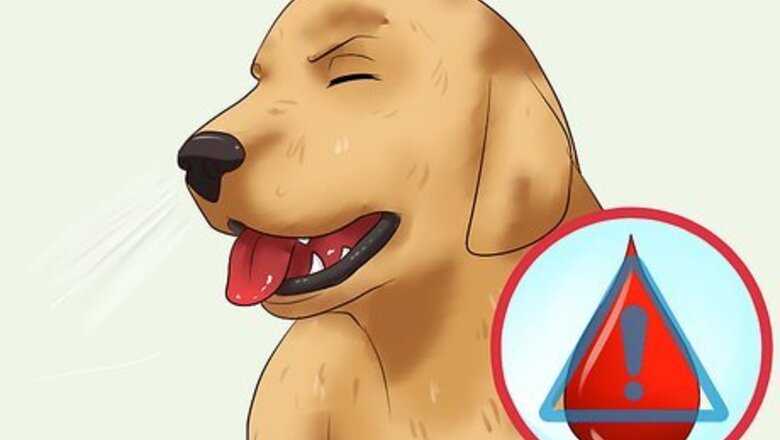
views
Diagnosing Foxtails in the Nose
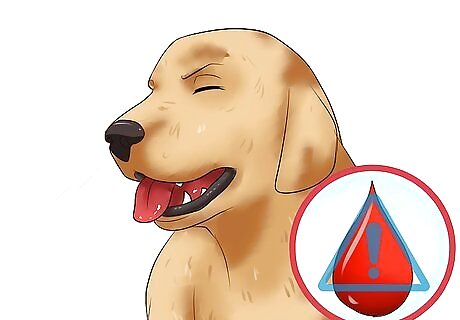
Look for sneezing. The dog may sneeze in a manner that seems uncontrollable. This sneezing may even be accompanied by a bloody discharge. Bloody discharge accompanying sneezing is a fairly good indicator that a foxtail is lodged in the nose.
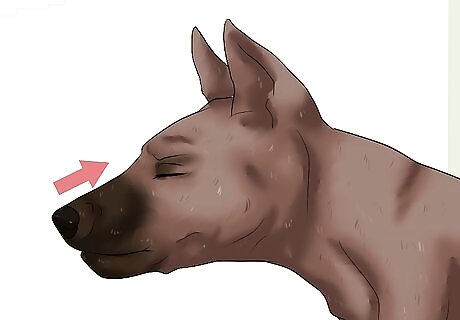
Notice reverse sneezing. A reverse sneeze is what some may refer to as "snorting." It is a method the dog may use to try and clear something from its nose, which could include a foxtail. If the dog is reverse sneezing, this could be a symptom of a foxtail lodged in the nose.
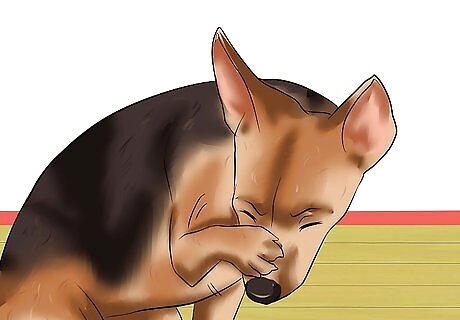
Recognize nasal irritation. Nasal irritation may be apparent if the dog paws or scratches his or her snout, rubs the snout, head, or face, or shakes the head. If a foxtail is not visible, but the dog exhibits symptoms of nasal irritation, a foxtail may be lodged in the nose.
Diagnosing Foxtails in Other Places
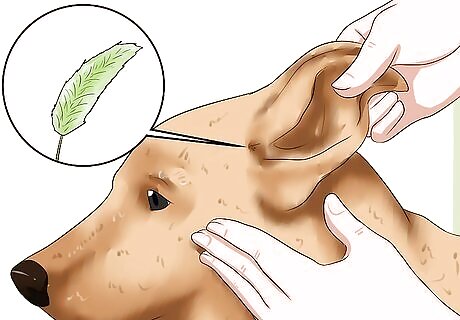
Check for foxtails often. Checking your pet after every walk and thoroughly search between toes, in armpits, and ears for foxtails. Remove them or see a vet if it looks lodged. Seeing a foxtail on one part of the body might indicate foxtails in the nose or elsewhere.
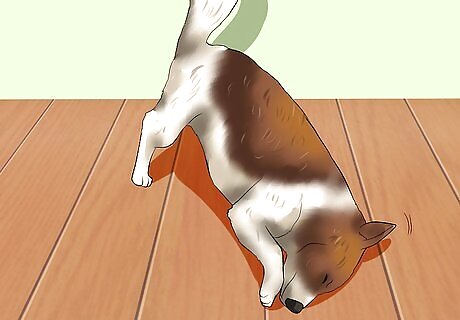
Recognize symptoms of a foxtail in the ear. A dog with a foxtail seed in its ear might rub its head on the ground or shake its head violently from side to side. It might paw at its ear or hold its head at a strange angle with the infected ear angled down. The ear could become infected, and the eye on the same side may look abnormal as well.
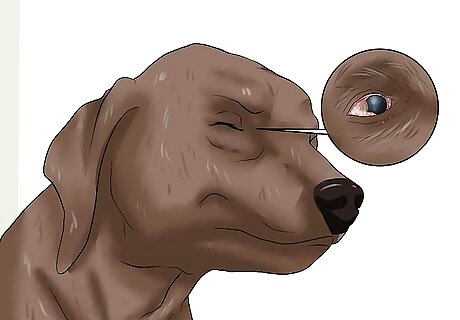
Recognize symptoms of a foxtail in the eye. If a dog gets a foxtail seed in its eye, it will probably appear to be in a great deal of pain. The eye and the area around it may swell, and a discharge may appear. The dog will probably keep its eye shut tightly as well.
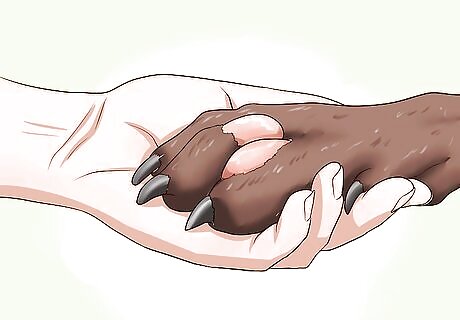
Recognize symptoms of foxtails in the skin. Foxtails commonly get caught in dogs' skin. The area around the site where the foxtail is stuck may be swollen and red and there may be a bloody or clear fluid draining from the area. The dog may lick the area a lot and may appear to be in pain. Affected sites often included the webbed area between the dog's toes as well as the chest and/or shoulders.
Removing the Foxtails
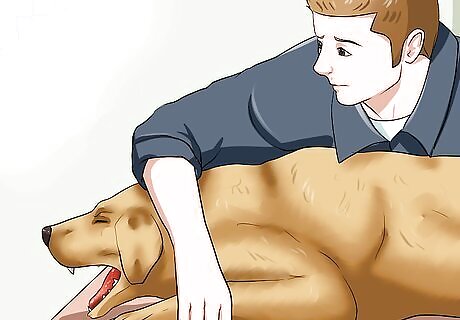
Calm the dog. First, try to keep the dog calm. He or she may be stressed out and/or in pain, so it is best to try and calm the dog before a trip to the vet. This may require you to restrain the dog for its comfort and safety as well as your safety. Sit on the ground with the dog and speak in soothing tones. If the dog is restless, you can try to use basic commands to get him to calm down. If commands don't work, you may need to use a leash or even a muzzle. Restraining the dog may be easier if you have someone to help you.
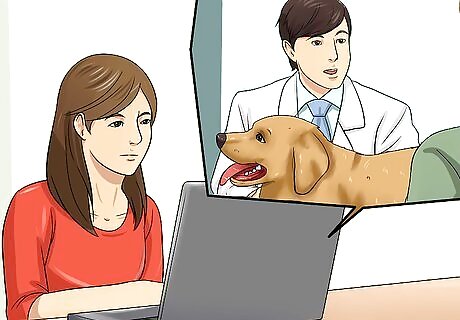
Find a veterinarian. Not all veterinarians may have experience removing nasal foxtails, so it would be a good idea to seek out a veterinarian who has experience with them. You may be able to see the foxtail in the dog's nose, but only a trained professional can ensure the foxtail is properly removed. Call the veterinarian or check his or her website to see if you can verify whether he or she has foxtail experience. A foxtail in the nose could lead to a sinus infection or worse. The dog's nose is very sensitive, so anesthesia may very likely be required to safely remove the foxtail.
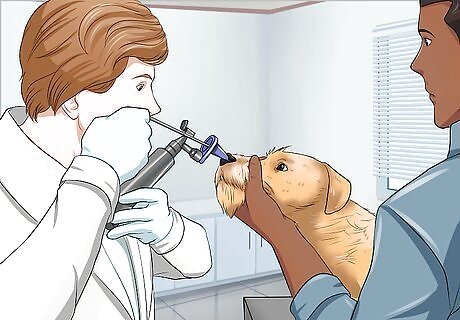
Bring your dog to the veterinarian. Bring the dog to his or her office. Explain the symptoms that your dog has been exhibiting and that you suspect a nasal foxtail. If the veterinarian agrees with you after an examination, they can remove out the foxtail a number of ways. The vet will most likely use an anesthetic. The vet might use an endoscope, which is a fine tube with a fiberoptic camera, passing it up the nose to check that it is a foxtail that is causing the problem. The vet can remove the foxtail using forceps or a grasper on the endoscope. A vet's forceps will have much longer and narrower arms than tweezers at home. The vet might flush the nasal cavity to remove all nasal debris. Do not poke up your dog's nose where you cannot see without a vet.
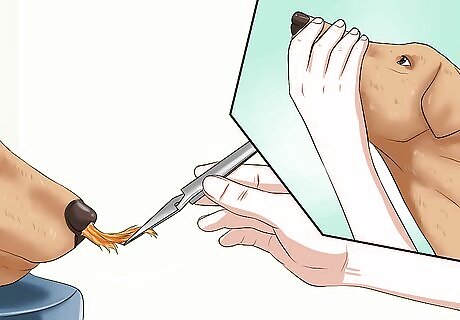
Attempt to remove the foxtail if a vet is unavailable. If you can see the foxtail clearly on your dog's nose and cannot get your dog to a vet, you can try to remove the foxtail yourself. Use tweezers to get a firm grip on the foxtail. Pull gently but firmly along the long axis of the nose. Do not poke up your dogs nose where you cannot see. If the foxtail snaps off mid-pull, then it likely doesn't make a difference but see a vet to remove the rest. If you see no more foxtails and your dog seems less irritated, it is possible you removed the whole foxtail. Check with a vet to make sure.


















Comments
0 comment